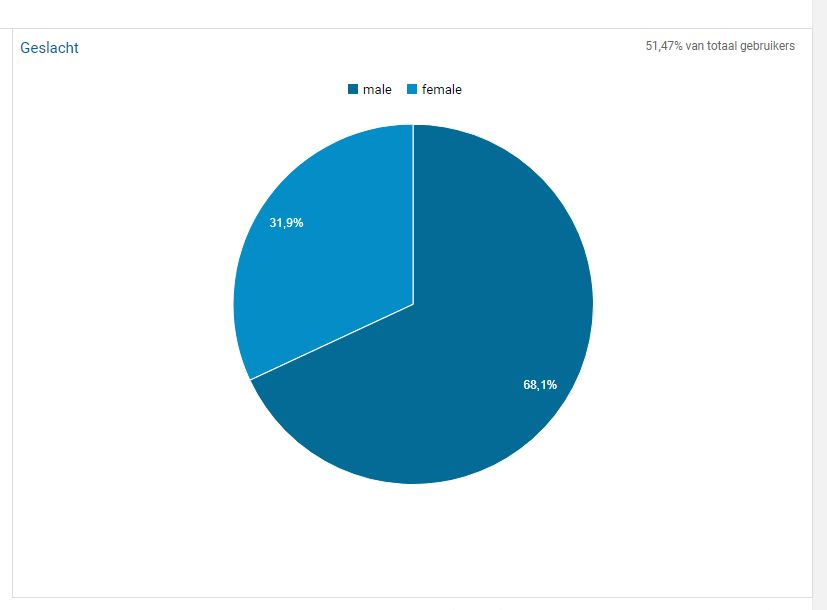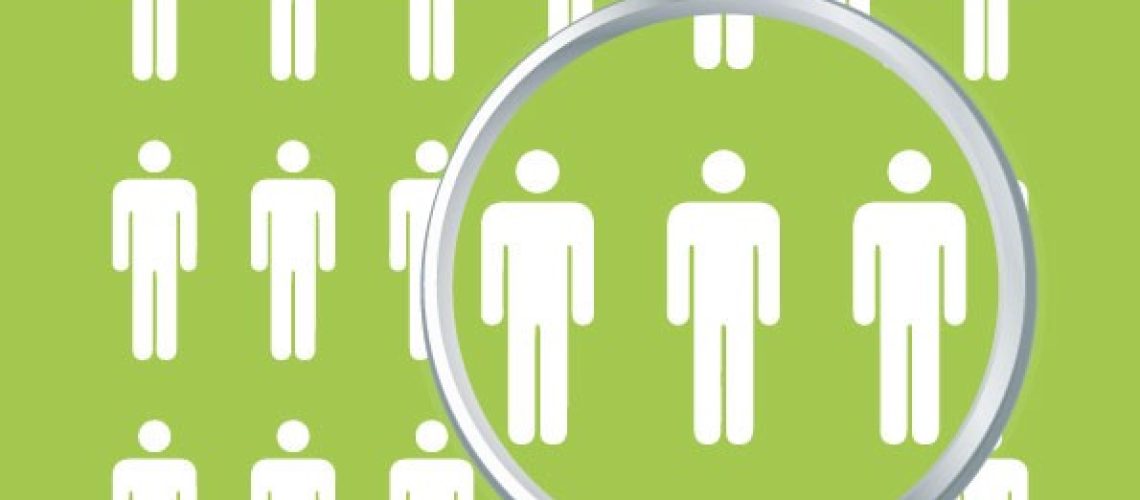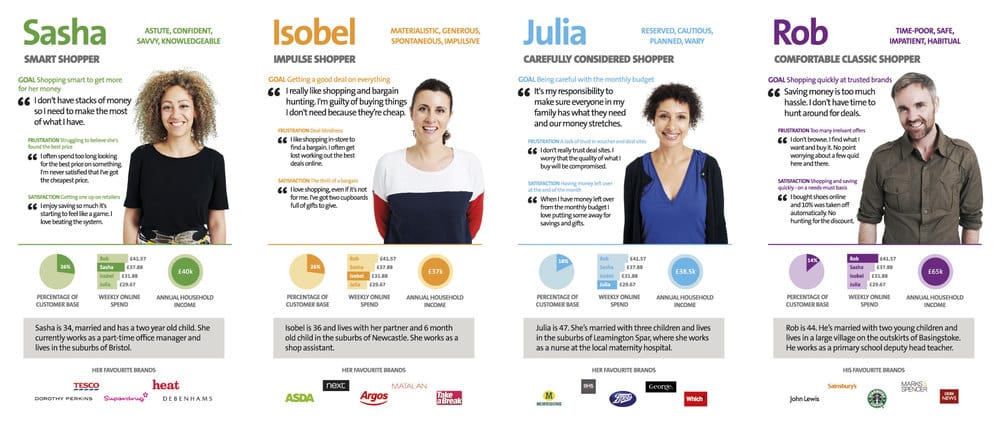With a good target group analysis, it is ultimately determined which target group is most in line with your product and/or service.
It is important to select specific target groups in a target group analysis. In this way, searching customers will be attracted much faster to enter your website and it will bring more customers.
For small companies, creating a niche is often the only way to compete with larger parties. This is something that larger parties find much more difficult to do, because they must have a large share of the market.
A target group analysis helps you to respond more effectively to the touchpoints of your potential clients. the more you learn about your target audience’s specific problems and how your product or service can help them, the better you’ll be able to convince your potential clients to do and stay with you.
How do you make a target group analysis? Here are the 5 steps.
Step 1: Determine the purpose of the target group analysis
This refers to the angle from which the analysis will be approached.
For example, you can aim to:
- Create a strategic (marketing) plan for your company
- Measure the satisfaction of existing customers
- Test brand awareness with potential customers
- To better understand the interests and behavior of potential customers.
Define your goal, take your time because based on the goal you can determine whether certain questions and information are relevant for your target group analysis. For example, if you want to know more about your potential customers, ask yourself questions such as: Who would buy my products? What characterizes them?
If the goal is to measure satisfaction of existing customers, questions such as: What do our customers think of our products? Why do they think so? Is there a relationship between the characteristics of customers who give a high or low score?
Step 2: Formulate main questions and sub-questions
In the second step you consider what you need to know to achieve your goal and where you could collect this information. You do this by formulating main questions and sub-questions. To help you on your way, there are a number of categories of data with associated main questions and sub-questions.
Demographic data
Data related to age, gender, family composition. Also personal data.
Matching Questions:
- Which age category does your target group belong to?
- Is there a dominant gender buying your products or visiting your website?
- What is the family composition of your target group?
Geographical data
These characteristics are mainly related to the topographical location of your target group.
Matching Questions:
- Within a radius of how many km are your customers located?
- Where in the Netherlands are the most customers located?
- What are the interests of the people in “province or city”
- What is the climate in this area?
- Does culture or tradition play a role?
Socioeconomic data
Socio-economic data is about the place on the social ladder from a social and economic point of view.
Matching Questions:
- What is the education level of (potential) customers?
- What professions do your (potential) customers practice?
- How much should our target group earn for our product to be of interest to them?
- Are our customers often decision makers/managers/HRM?
Psychographic data:
Psychographics are generally opinions of persons. Examples of these characteristics are:
- Which political party gets the most votes?
- Which lifestyle is typical?
- What beliefs do they have?
- What are their values?
- Who are their heroes?
- We are their bad guys?
Domain specific data :
The level of involvement:
- How involved is your target group compared to similar products or services?
- Is the purchasing decision process long and complicated or short and simple?
The degree of product ownership and use:
- What percentage of your target group owns a certain product?
- Which factors are important when purchasing your product?
- Are there specific requirements that the product must meet?
The nature of the product use:
- How does the product work?
- How is the product used by the target group?
- What is the raison d’être of the product?
Differences in moments:
- Does the use of your product/service depend on certain moments?
Brand specific data :
De mate van bekendheid van uw product/dienst:
- Hoe bekend is uw product onder de doelgroep?
- Wat is uw huidige marktaandeel en welk potentieel zou u hierin kunnen behalen?
De houding van uw doelgroep tegenover het soort product:
- Hoe staat uw doelgroep tegenover het soort product/dienst dat u aanbiedt?
Koopintenties:
- Welke factoren bepalen of uw doelgroep overgaat tot conversie?
Koopgedrag:
- Op basis van welke aspecten doet de doelgroep uiteindelijk aankopen?
Stap 3: Bron bepaling
Als u de tweede stap heeft voltooid heeft u nu een lijst met vragen voor uw doelgroep analyse. Vervolgens is het belangrijk om de bronnen te beredeneren die nodig zijn om de gegevens boven tafel te krijgen.
Hieronder vindt u een aantal voorbeelden van bronnen die u zou kunnen raadplegen:
- Uw (potentiële) klanten waarbij u met interviews of enquetes de gegevens over hun boven water haalt.
- Het CBS (Centraal Bureau Statistiek)
- Google Scholar
- Vakbladen
- Famillie
- Vrienden
- Collega’s
- Literatuur
- Scripties
- Literatuurstudies
- Social Media
- KVK-Gegevens
- Provincie websites waar vaak veel statistieken over de regio te vinden zijn.
Als laatst nog belangrijke online bronnen waar u veel te weten kunt komen over uw doelgroep:
- Google Trends waarbij u interesses en trends kunt peilen in specifieke regio’s
- Google Keyword planner waarbij u de interesse en concurrentiekracht op zoekwoorden kunt achterhalen
- Google Analytics waarbij u het gedrag van uw website bezoekers kunt analyseren
- Hotjar waarbij u precies kunt zien hoe mensen door uw website navigeren.
Google Analytics is een tool die wij willen benadrukken omdat het u ontzettend veel kan vertellen over uw doelgroep. U kunt hier concrete cijfers krijgen van de demografie, de interesses, de geografie, het gedrag en zelfs de technologie die uw doelgroep gebruikt. Zie hieronder een voorbeeld:

Uit deze data kunt u informatie halen over hoe geïnteresseerd mensen zijn in uw website en dit in segmenten opdelen van leeftijd, land, geslacht en nog veel meer.

Aan de hand van de bezoekers op uw website kunt veel te weten komen over wie uw doelgroep is. Uitgebreide doelgroep analyse uitvoeren via Google Analytics? Wij zijn hierin gespecialiseerd en kunnen u verder helpen. Bel ons op +31 (0)85 130 24 37
Stap 4: Verzamelen en samenvatten
Now that you have determined which sources you will consult to answer the questions, it is time to get started. Consult the resources and collect as much information as possible that can answer your questions. Be sure to summarize the key data you find as you review the various sources.
Step 5: Conclude and discuss
The information has been collected and summarized. From this, conclude your findings by answering your questions with the knowledge gained. Finally, put in the discussion how the target group analysis could be even more extensive, for example by consulting additional sources that have not yet been included. Also describe why certain sources were not included and which questions were omitted.
Example target group analysis

Example of a target group analysis – source: Webinar
Target group analysis technique – Personification
A persona is a generalization of a target audience in a person. Check out the image below:
This technique is widely used to describe target groups.
Would you like to know more about target group analyses?
This article is a mix of our own knowledge and the sources listed below. Here you can find more information about making a target group analysis.
- https://blog.systony.nl/waarom-alles-van-je-doelgroep-know
- https://www.motivaction.nl/research methods/doelgroep-en-segmentatie/doelgroepanalyse
- http://www.sallandcommunicatie.nl/blog/marketingcommunicatie/23-doelgroepanalyse-maken-in-10-stappen
- http://www.marketingschool.nl/doelgroepanalyse/
- https://nicooud.com/target group analysis/
Do you have any questions about making a target group analysis? Leave a comment below or contact us at the number or e-mail address at the top of your screen!



